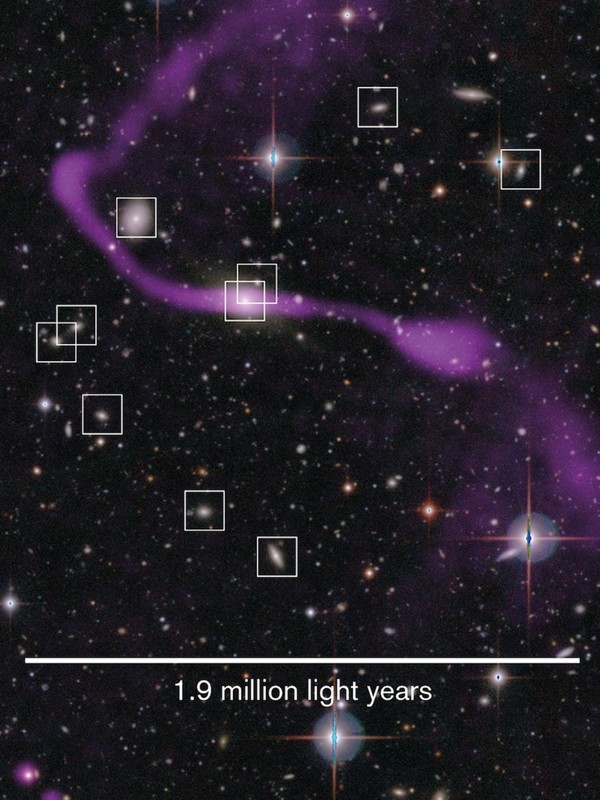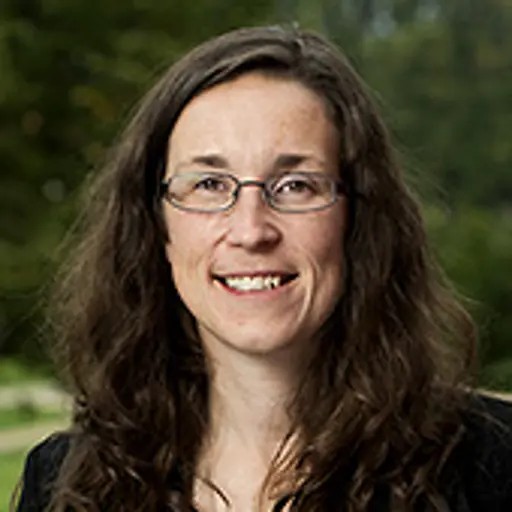We explore the cosmic evolution of galaxies and of their supermassive black holes through observations of active galactic nuclei (AGN) and of star-forming galaxies, both in the nearby and in the distant universe.

The central regions of galaxies are interesting in many aspects: they can be the sites of much enhanced star formation (starbursts) triggered by infalls of gas, and also sites of intense activity related to accretion of material onto a central supermassive black hole. These supermassive black holes have masses that range from a few millions of solar masses (as in our Milky Way) to several billions of solar masses. Most of the time, supermassive black holes are dormant and hard to detect. But they also go through phases of accretion of matter and emission of radiation that can be observed in various parts of the electromagnetic spectrum, from X-ray to radio. The influence of AGN goes well beyond the very central regions of a galaxy: powerful jets emanating from the AGN may travel across an entire galaxy and even beyond, into the intergalactic medium with which it interacts.
One focus is on the luminous infrared galaxies (LIRGS) where huge radiated power outputs mark phases of extraordinarily rapid evolution. Major discoveries include finding extremely obscured galaxies that hide regions of exceptional growth. Many LIRGs are interacting and we study the impact and importance of interactions (major and minor mergers) for galaxy evolution across cosmic time. To study AGN and AGN feeback (jets and outflows) we use mostly observations at long wavelengths.
Faculty members involved
Highlighted programs
The Origin and Fate of Dust in the Universe (KAW Project Grant, PI Knudsen),
Exploring the Hidden Dusty Nuclei of Galaxies - HIDDeN (ERC Advanced Grant; PI Aalto)
The LOFAR Magnetism Key Science Project (MKSP; PI Horellou)
XXL: The ultimate XMM extragalactic survey (Member of Scientific Committee: Horellou)


